In our series on shoes & boots, we have included both formal and casual options. Today, we would like to continue this series with the rather formal Balmoral boot, which has become more popular lately. We discuss the origins of the term the history behind these boots, types and style and we provide pictures of course.
What Is A Balmoral? A Boot
The term ‘Balmoral’ or ‘Bal – type ‘is sometimes used to denote an Oxford shoe (especially a cap toe oxford) in America and the terms are often used interchangeably. Of course, this creates some confusion at times but for the purpose of this guide, the Balmoral boot is a boot and a boot only, not a shoe, whereas the Oxford is just that, not a Derby or anything else.
The question then arises what exactly is a balmoral boot? A quick glance at a dictionary and we come up with the impression that it is a heavy, laced walking shoe. However, this is clearly not the whole picture. Therefore to put it simply we would prefer to describe it as an Oxford in the form of a boot.
Characteristics Of A Balmoral Boot
Going by our simple description above it stands to reason that the balmoral boot has a lot in common with Oxfords in terms of characteristics, with an important difference.
- A closed lacing system (for more on this system kindly refer to our Oxford Shoe Guide).
- A distinctive seam that runs parallel to the ground, starting at the throat line near the vamp and meeting at the rear of the boot thus dividing the boot into upper and lower portions. The upper portion is referred to as the top. This is the defining characteristic of the balmoral boot.
- The lower portion is stitched on top of the upper portion.
- Low heel.
- Rounded toes.
- Extends above the ankle (originally mid calf length but subsequently shortened).
- Have a centre seam running the entire length from the heel to the top of the boot.
- Leather soles.
- Usually have nine eyelets, though some have less – usually not less than six.
- Most of the time, the top part of the boot will be made in a different color and different material than the bottom uppers of the shoe, although that is not required.
Please note that there is another type of boot available in the market that resembles the Balmoral but is not a true Balmoral. This boot has an open lacing system and thus lacks the defining characteristic of the Balmoral which is the distinctive seam that divides the boot into upper and lower portions.
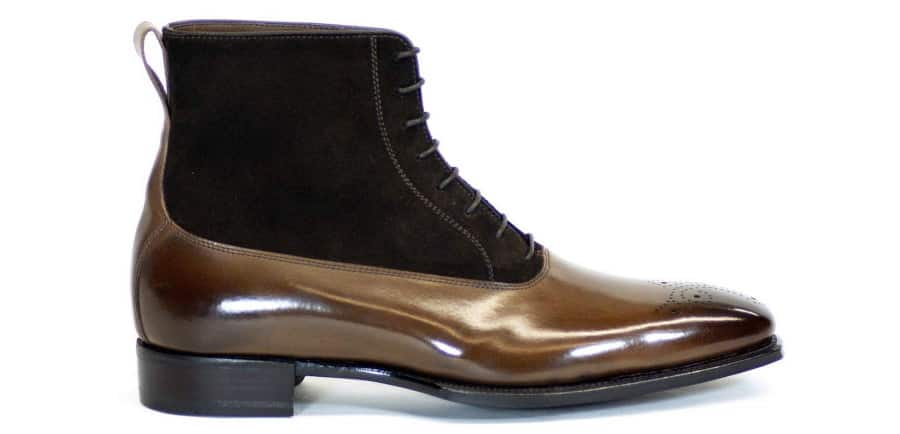
History Of Balmoral Boots
The Balmoral boot was designed for Prince Albert as a walking boot. Prince Albert was looking for a walking boot that he could both wear on the grouse moors of his Scottish estate Balmoral and which would look suitably stylish indoors as well. One is not too sure as to who his boot maker was but it is alleged that it may have been John Lobb who founded his business in 1849, while it seems much more likely to me that Joseph Sparkes Hall made these boots for Prince Albert, because he was well known and respected at the time and had already invented boots with side elastics for Queen Victoria.
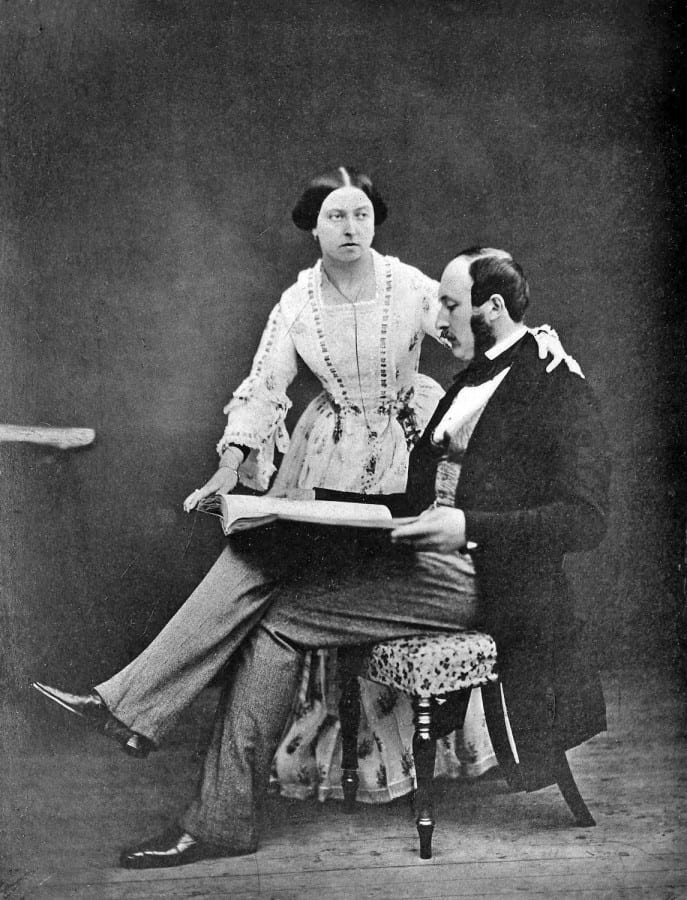
The Balmoral boot was waterproofed to protect his feet from the wet gorse. Queen Victoria also took a liking to the style and had several pairs made for herself as she too liked to walk the grounds of Balmoral. With such distinguished wearers, it should come as no surprise that they became extremely popular with the gentry and later the general public alike. However, it is surprising that a boot designed for a country estate became popular as walking boot and later also as a dress boot for frock coats and morning coats. Apart from men, even women adapted Balmoral boots for daywear.
Since they were first seen at Balmoral they began to be called Balmoral boots.
It is interesting that the Balmoral boot shares a common history with the Chelsea boot. Both were patronized by Queen Victoria. The Chelsea boot was patented in 1851 by J.Sparkes-Hall but invented as early as 1837. It remains uncertain when exactly the Balmoral boot was designed, but it must have been later as Balmoral estate was purchased for Queen Victoria by Prince Albert in 1852.
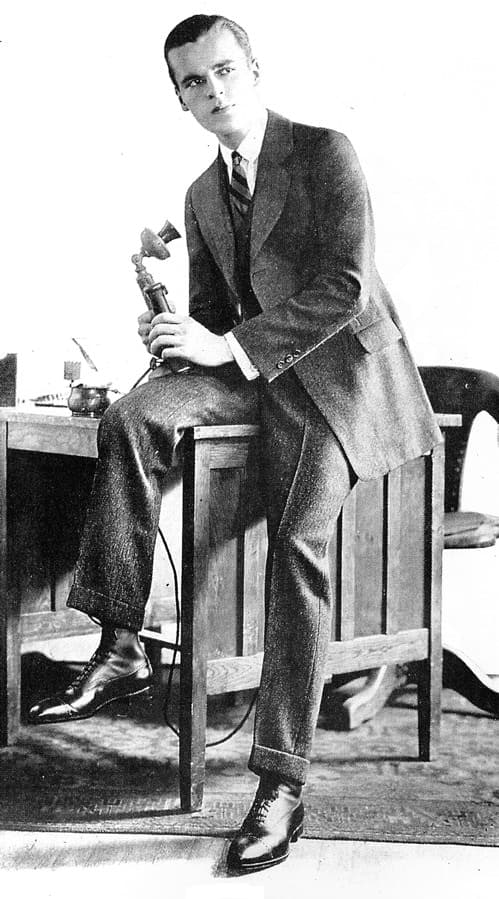
The style of Balmoral boots quickly changed to contain contrasting inserts in suede velour leather and linen. Favorite combinations include black box-calf with grey, white or off-white suede or fabric inserts and people who could not afford such boots would try to copy the look by using spats.
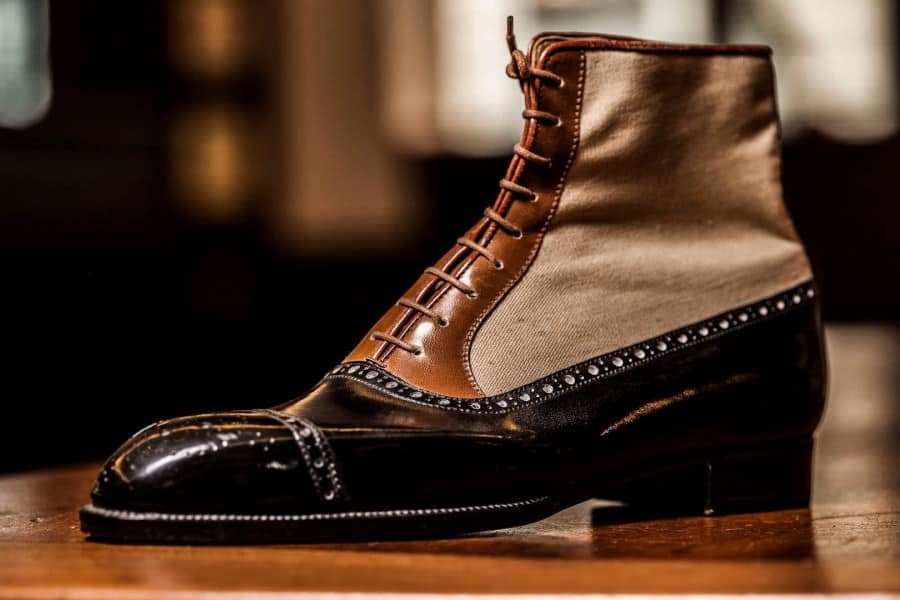
Types of Balmoral boot
There are various types of balmoral boots and these can be broadly classified into two main types – with broguing and without.
- Without broguing.
- Plain oxford type – consisting of an upper and lower portion ( no toe caps ).
- Cap toe – in addition to the upper and lower portion this type has a toe cap – an additional piece of leather across the toe box.
- Wingtip – the toe cap, in this case, is pointed with extensions along both sides of the boot.
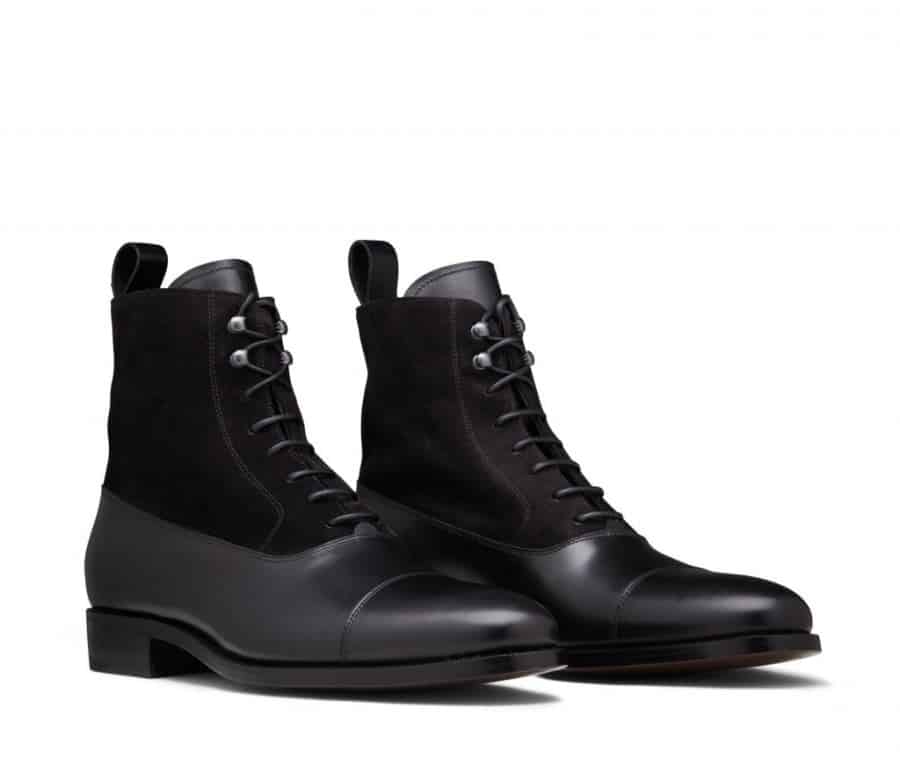
- With broguing.
- Full brogue – wingtips with broguing along its edge as well as in the centre of the toe cap (the medallion).
- Blind brogue – wingtips with broguing only on the edges.
- Half brogue – cap toes with broguing along its edges as well as in the centre (the medallion).
- Quarter brogue – cap toes with broguing only along the edge (no medallion).
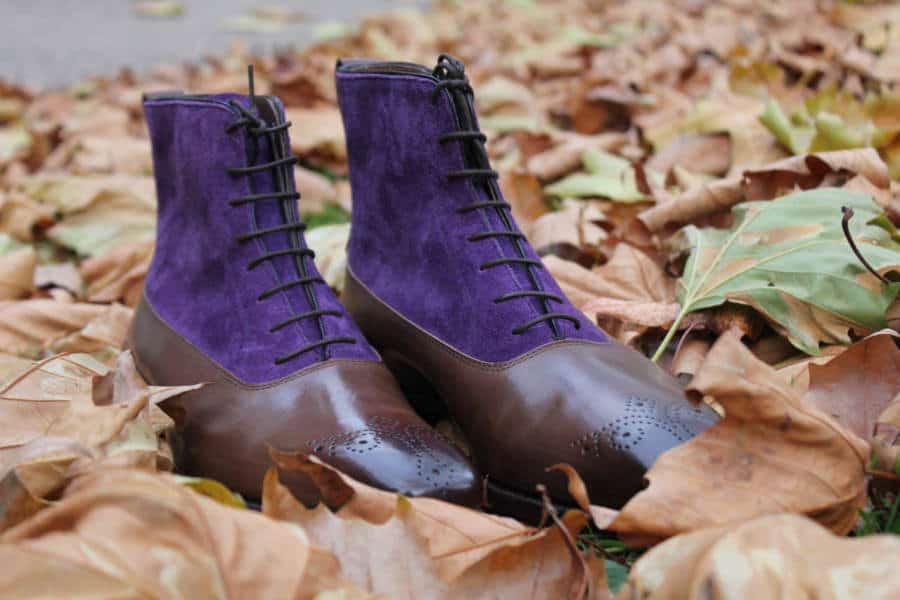
As you can see these conform to the types (not all) described in our Oxford Shoe Guide and Brogues Shoe Guide. In most cases balmoral boots do not feature heel caps but again this is not always the case. In today’s day and age, you will find all kinds of modifications of the above types. A popular modern trend is to use vibrant colors such as purple, brown, blue, green and almost any other color available. The ‘top’ of the boot often comes in suede, linen or fabrics like tweed. Even in 1912, they would use houndstooth patterns, but colors were more limited to a range from black to grey, white, off-white to beige or maybe a light tan.
Today, you can basically wear any kind of combination though simple combinations like black and grey or dark brown and light brown are more versatile and not really subject to fashion trends.

Beautiful Balmoral Boot Made in Spain 
Balmoral boots with denim inserts by J. Fitzpatrick 
Classic Black Shoepassion Balmoral Boots Model No 625 
Balmoral Boots with Tweed Herringbone 
Balmoral Boots in brown with broguing 
Allen Edmonds Balmoral Boots interpretation with heel cap in black 
Backview of Shoepassion Balmoral Boots No 625 
Wedgwood Balmoral Boots in Burgundy by J. Fitzpatrick
Style Guide
Prince Albert gave his boot maker very precise instructions about what he wanted from his new boots:
They needed to be both practical for walking and smart enough to be worn indoors as well.
While made for an essentially rural setting, over time it began to be favored by gentleman in urban areas as well ( in those days the streets of major towns were quite dirty what with all the horse dung etc lying around ) and eventually, in no small part due to its sleek lines which were very flattering to the feet of the wearer, Balmorals began to be considered as dress boots. However over time dress boots went out of style to be replaced by dress shoes, but that is a topic for a different article. However, that legacy has resulted in the fact that today the balmoral boot can be worn in both formal as well as casual settings, thus making it a very versatile piece of men’s footwear.
Having said that, and taking into consideration that today the balmoral boot comes in various styles, it is quite essential for you to understand which style is appropriate for most occasions, with the exception of hot climates, where you are better of with shoes rather than boots.
The Balmoral, while standing up, looks almost exactly like a pair of oxford shoes. Only when you sit or walk, or if the top part is cut very low that people will realize they are in fact boots. Therefore, when it comes to styling, it would be best and simple to follow, more or less, the same norms as you would for oxford shoes:
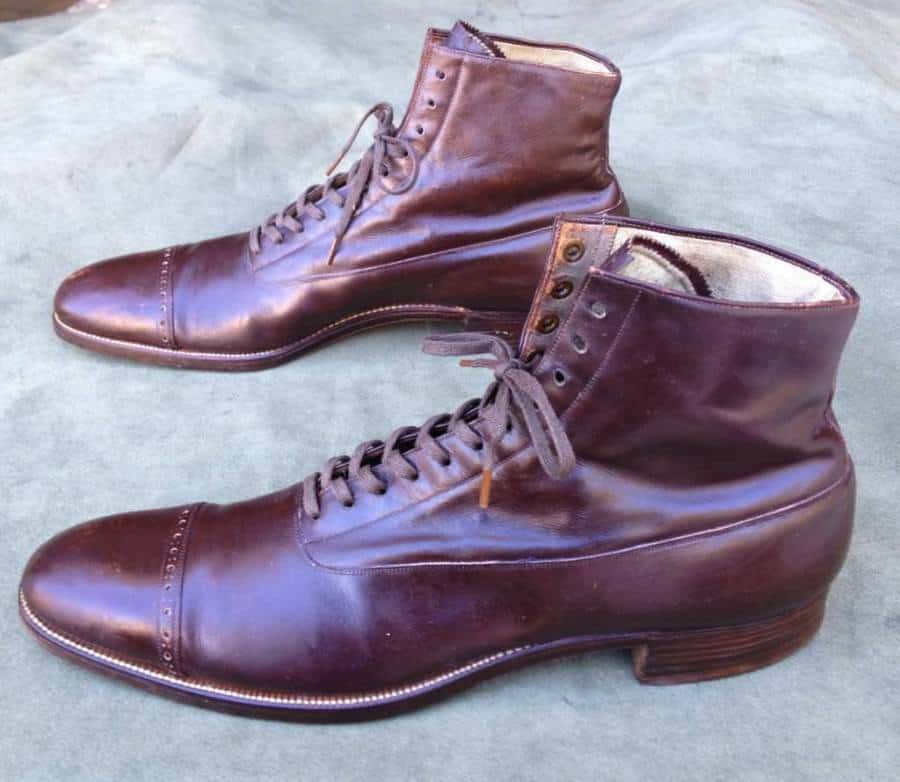
Plain and Cap Toe (without broguing) – The most formal choice in black leather can be worn with business and day – to – day suits. You can use them to dress up your casual wear options like sports coat / blazers and odd trouser combinations. Black should be avoided when wearing denim , instead, opt for shades of brown with or without contrasting inserts in a lighter brown. If you add inserts in black, grey or white they are perfect for a stroller suit or formal morning dress or weddings.
Wingtips (without broguing) – The casual option especially in brown, the black version may be worn in more formal occasions if one can carry them off. Excellent for sports coat / blazer odd trouser combinations. Goes very well with denim too.
When it comes to Balmoral boots with broguing, we have the ideal combination for casual wear. While some broguing can be carried forward to formal wear, it should be kept in mind that the more the broguing the more casual the boot. Thus the Quarter brogue and at a pinch the Half brogue fall under the category of formal wear, that too only in black.
The Full Brogue and the Blind Brogue should be worn strictly in casual settings. They work very well with tweeds and other country fabrics. They go very well with blazers when worn in a casual setting i.e., not to the office. One can follow the style advice given in our article Brogues Shoe Guide in this regard.
The Modern Balmoral Boots, in bright two-tone variations with purple, tweed or tartans are more suited to casual wear or less formal suits.
What Balmoral Boots Should You Buy?
That’s a very personal question, and it really depends on your style. If you wear a lot of business shoes, I would go for a model in black with dark grey inserts.
In case you are just starting out, these boots may be better for you:
If you like sportscoat, I would buy a version in brown with brown insert.
In case you already have a large shoe closet, you can look into other fabric inserts like tartan, tweed or houndstooth.
I would personally stay away from colors that are too bright because you will only be able to wear them with very select outfits, unless you are a creative or artist who can basically wear anything.
In regard to price, entry level is about $250 / €250, with brands like Scarosso or shoepassion.
For about $1000, you can venture into Made to Order boots, or bespoke options if you have a shoemaker in Vienna or Eastern Europe.
What are your favorite Balmoral Boots, and where have you bought them? Please share in the comments below.
This article was written by Sven Raphael Schneider & Vikram Nanjappa.
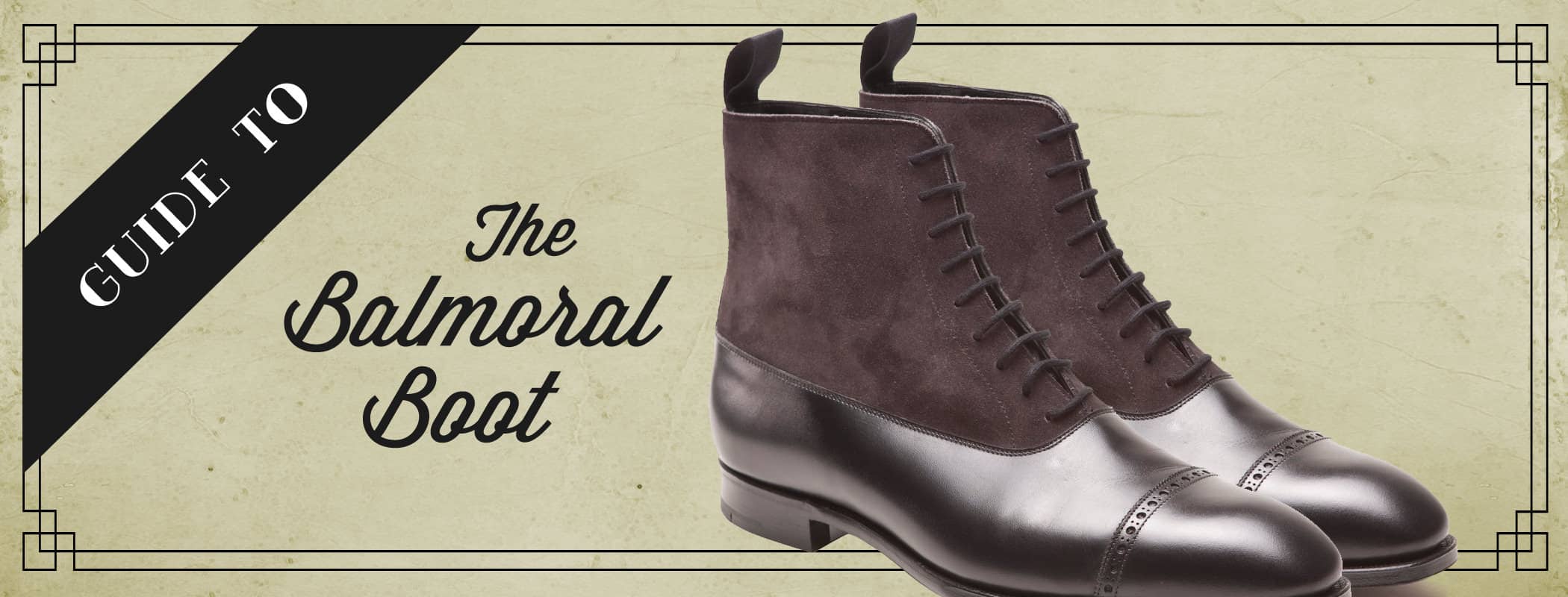
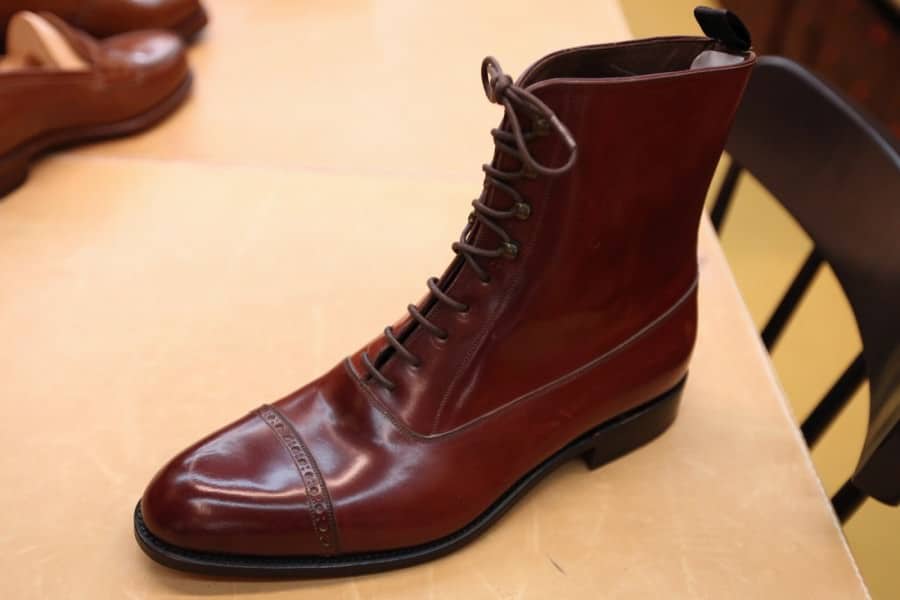

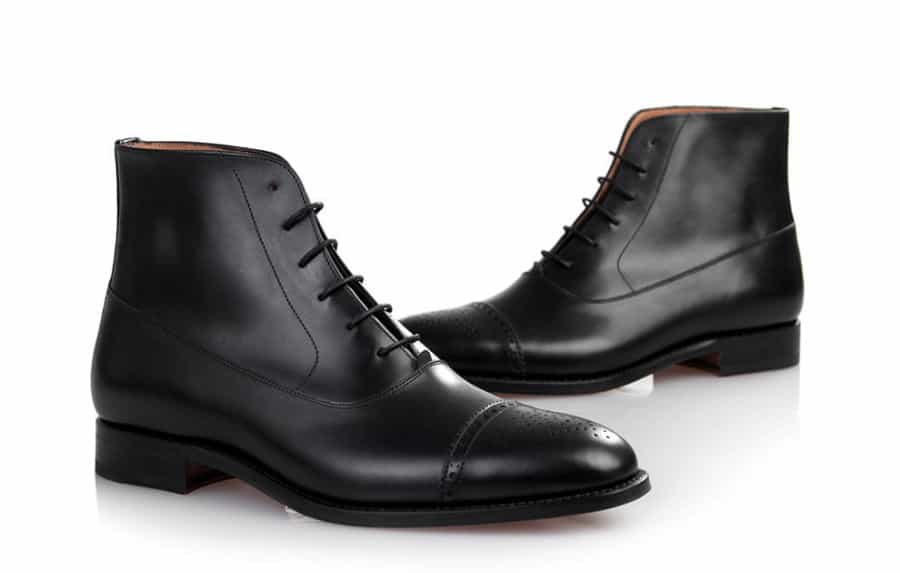
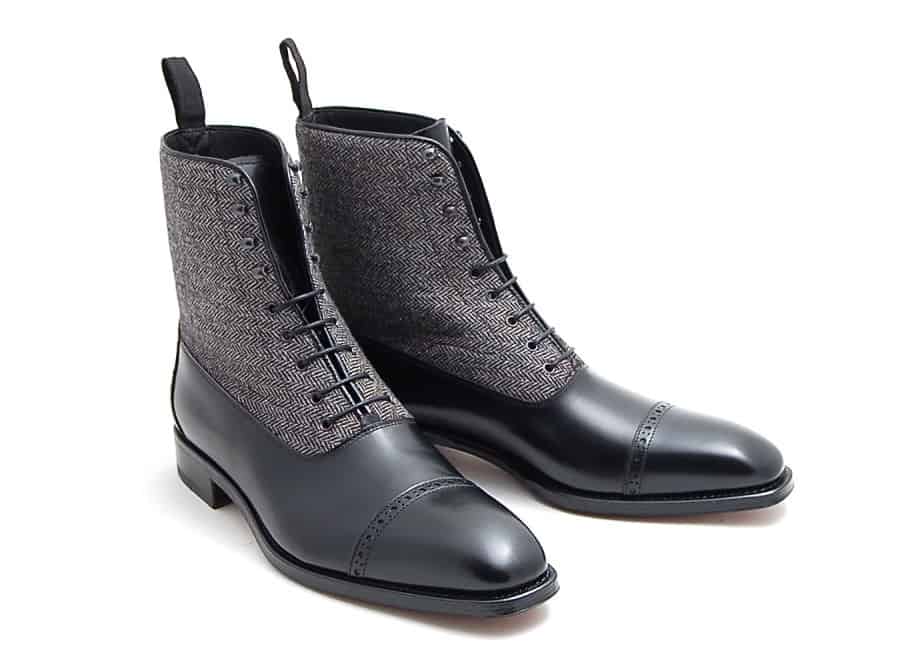
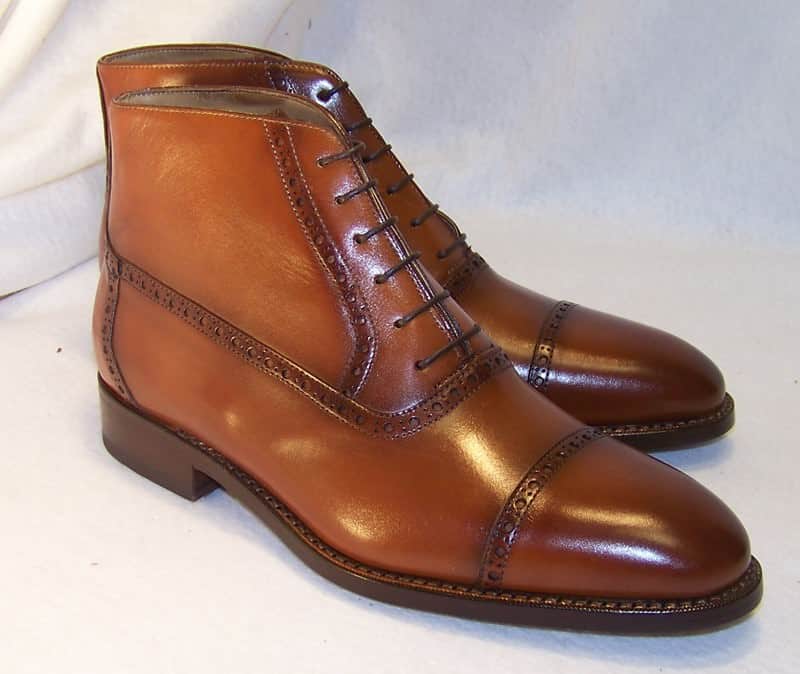
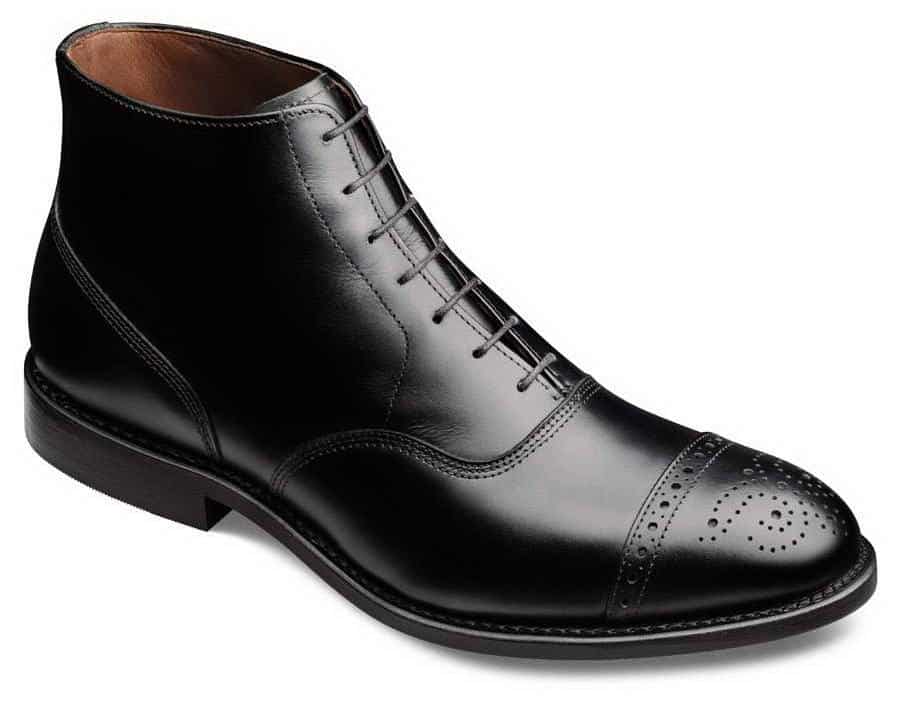
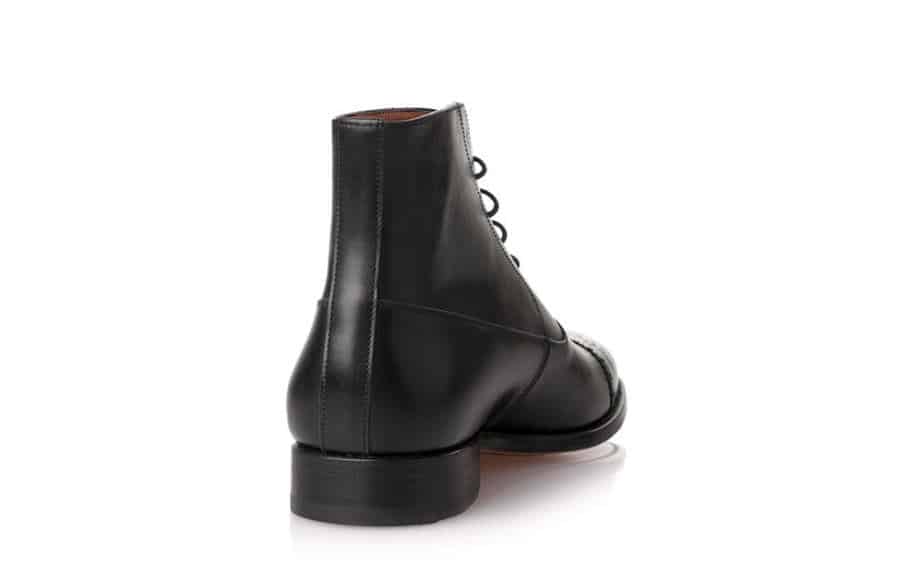
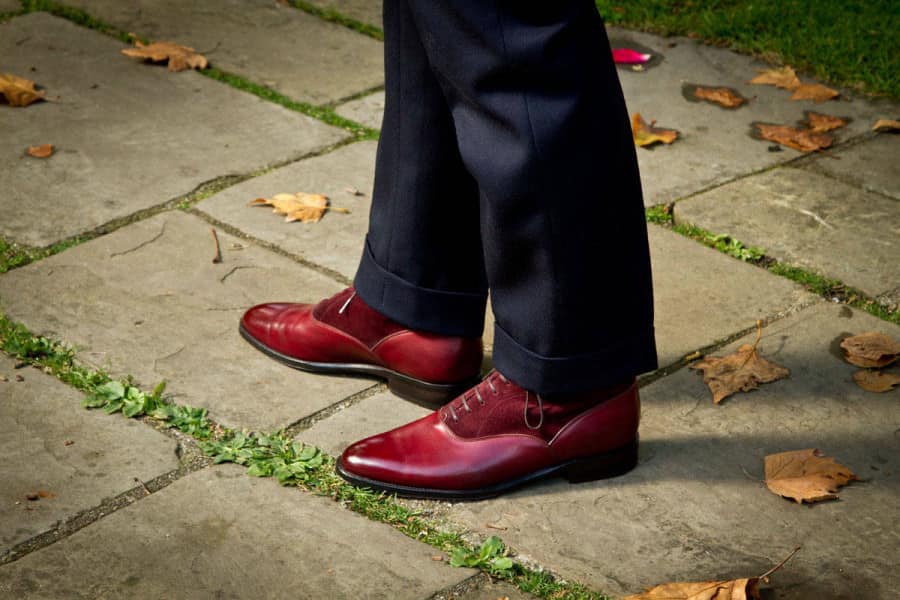

That was quite an insightful. Thank you, Sven. I live in a city where, throughout the year, the temp rarely drops below 20 degree. So do you think it would be apt if I purchase a pair of Balmoral Boots ? also about broguing, the types, i.e… in some boots I have seen there’s just a medallion on toe. What category of broguings would they fall into ?
Thanks for the article, Sven! The balmoral is easily my favourite style of footwear, yet unfortunately a style I don’t own. One day…
Thank you very much, Sven.
Unfortunately, the Alfred Sargent model is no more available.
:-(
I am sorry to hear that.
Whats the price or is there a price list on your boots, thank you very much
We don’t sell them but we added links throughout the article.
Hey Sven,
Thanks for featuring my Alfred Sargent MTO-boots in your article. However I would be grateful in case you would mention the source (as credit) of the pics you are using.
Nice article btw!
Best,
Atte
Sorry about that Atte, we just added a link.
Excellent post, mr. Scheider!
I just have two questions to put to you:
Can I wear Balmorals when the temperature drops below 10 C?
And what boots would you recommend for cold winter (e.g. -10)?